Information from Viet Duc Friendship Hospital shows that 90% of cholecystitis is caused by gallstones. When stones get stuck in the neck of the gallbladder or the cystic duct, they stagnate in the gallbladder, resulting in inflammation and infection that damages the lining of the gallbladder.
Externally, an inflamed gallbladder will be larger than normal, sometimes two to three times larger, with a tense, thick, red or swollen gallbladder wall.

Cholecystitis causes pain in the lower ribs (illustrative photo - source: Viet Duc Friendship Hospital).
Initially, the patient often has pain in the right hypochondrium, which may radiate to the right shoulder. Accompanying symptoms are often fever, vomiting, and possibly constipation, sometimes with loose stools.
Systemic symptoms manifest as an infectious syndrome in the early stages or with toxic syndrome in patients with necrotizing cholecystitis.
Cholecystitis can progress to dangerous complications such as: Cholecystitis due to stones treated with multiple courses of internal medicine can progress to atrophic cholecystitis.
Bile leaks out when the gallbladder is inflamed and sticks to the abdominal wall, creating a hole and pus and stones flow out. Cholecystitis causes leakage into the digestive tract: Usually into the first part of the duodenum. Stones in the gallbladder funnel compress the right hepatic duct or stones in the cystic duct compress the common hepatic duct, causing biliary obstruction.
Gallbladder cancer: Cholecystitis has the risk of progressing to gallbladder cancer if not treated properly, especially in cases of gallbladder metastasis. Gallbladder abscess, gangrenous cholecystitis, biliary peritonitis, acute pancreatitis, common bile duct stones due to gallstones falling into the bile duct.
Cholecystitis is treated medically with antibiotics, electrolyte replacement, and smooth muscle relaxants. Currently, medical treatment is only used to supplement and resuscitate before surgical treatment in the treatment of cholecystitis:
Gallbladder drainage: In case the elderly patient cannot tolerate surgery or drain the gallbladder to prepare for surgery. Cholecystectomy is the basic treatment for cholecystitis.
In which laparoscopic cholecystectomy is a popular method and is widely applied to most cases of cholecystitis.
Contraindicated in patients at high risk of general anesthesia, blood clotting disorders, old surgical scars on the abdominal wall, perforated gallbladder causing biliary peritonitis, gallbladder abscess can cause accidents and complications such as bleeding, damage to the main bile duct, falling stones into the abdomen, and postoperative bile leakage.
In addition, classical open cholecystectomy is increasingly less applied. This method is only applied when there are contraindications to laparoscopic surgery, with a white incision above the navel or below the right rib.
Source


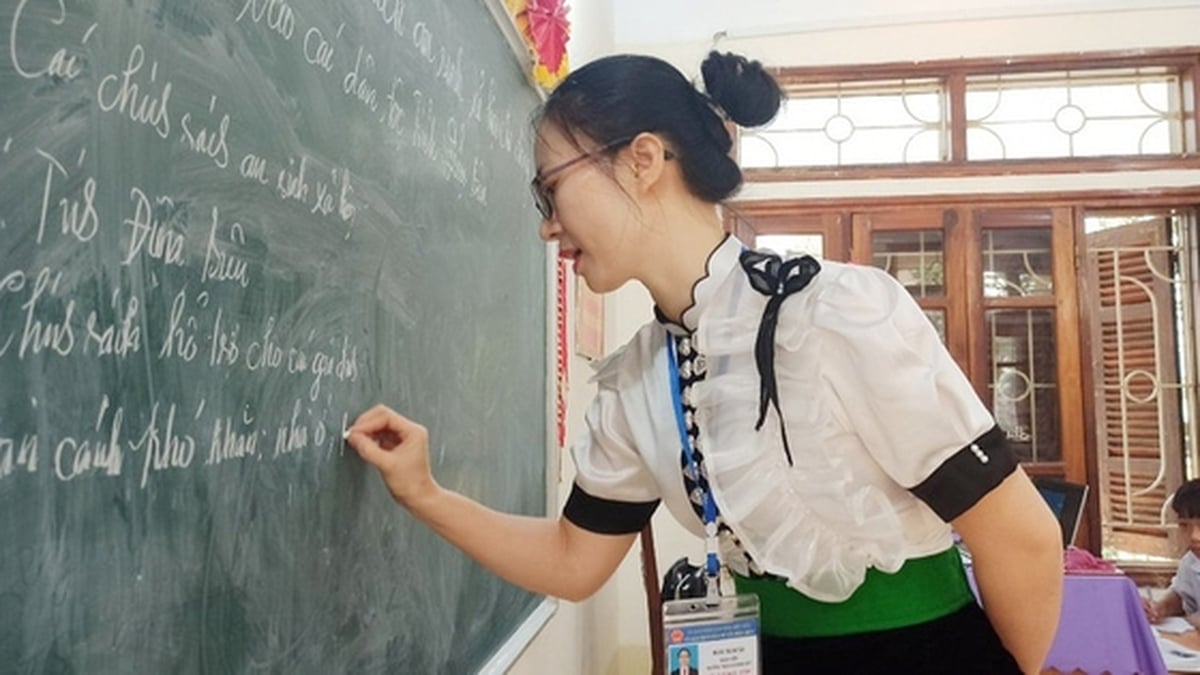
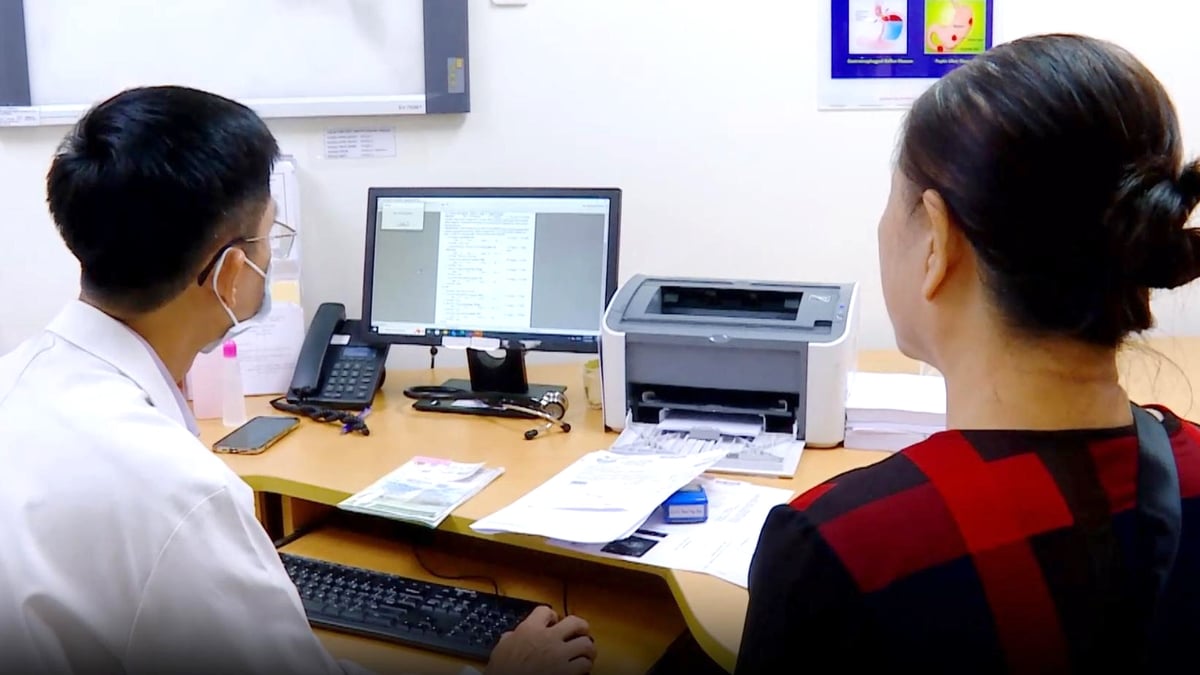
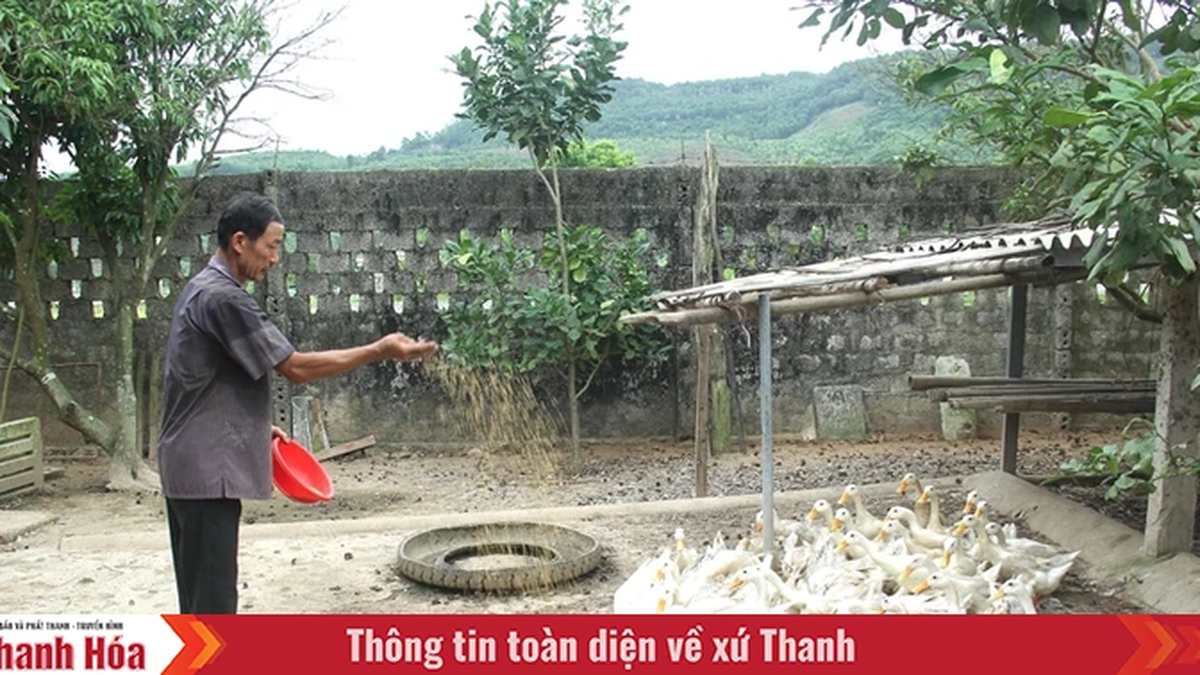
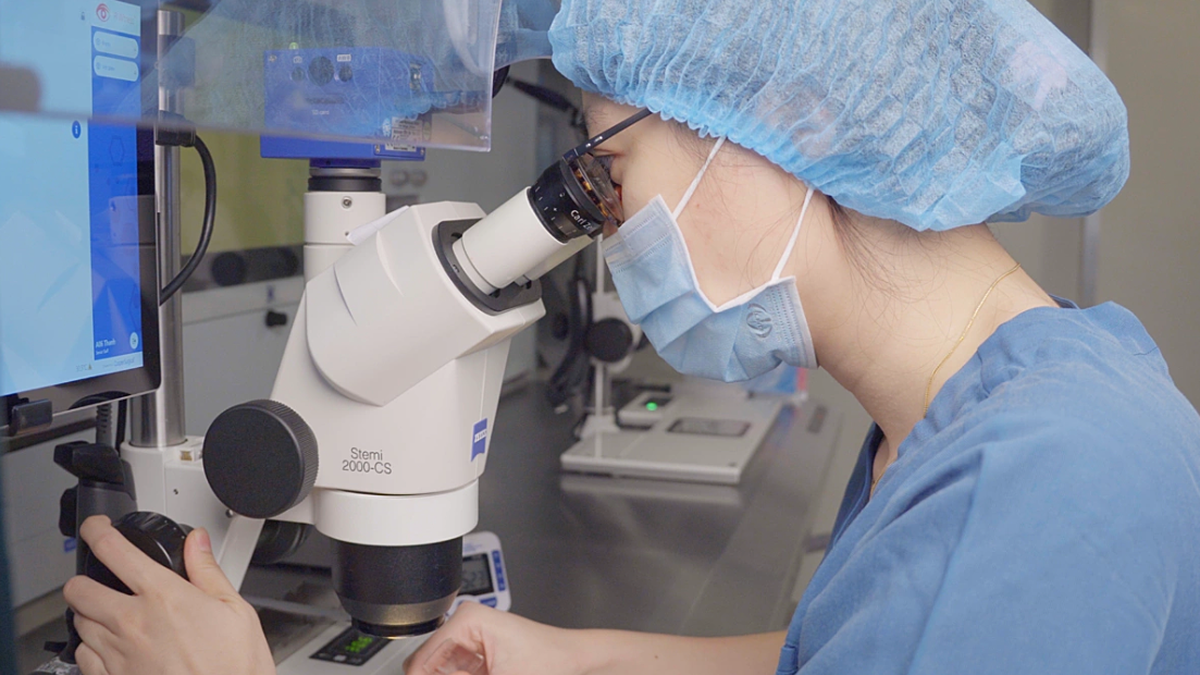

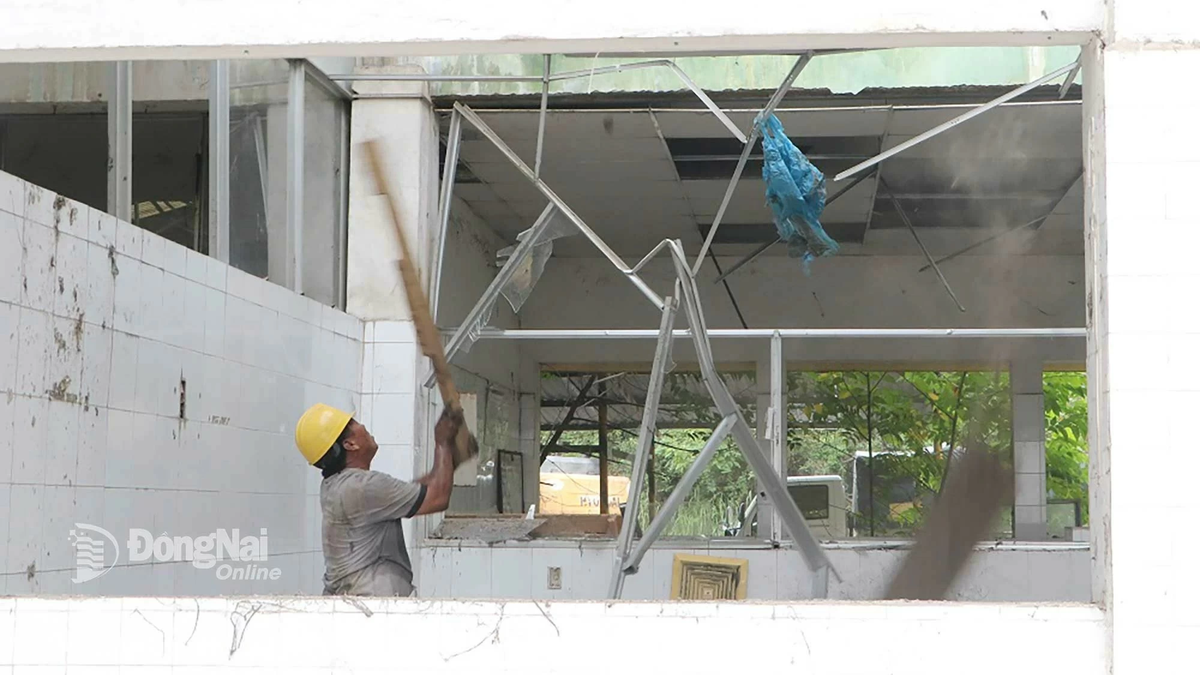
















































![[Maritime News] Container shipping faces overcapacity that will last until 2028](https://vphoto.vietnam.vn/thumb/402x226/vietnam/resource/IMAGE/2025/7/30/6d35cbc6b0f643fd97f8aa2e9bc87aea)










































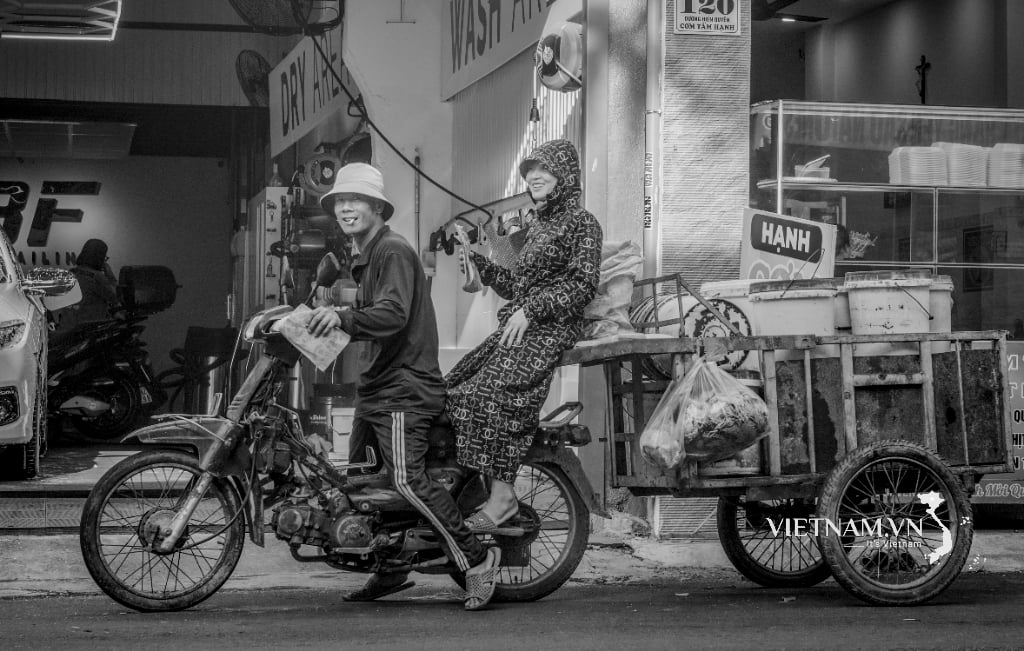
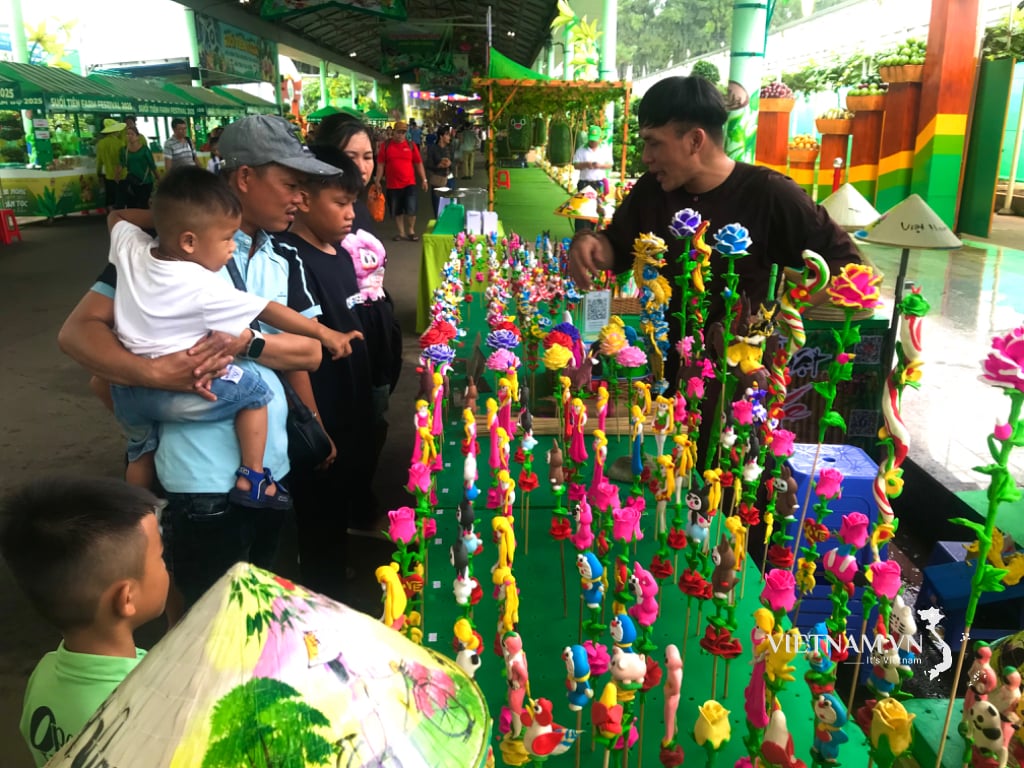

Comment (0)